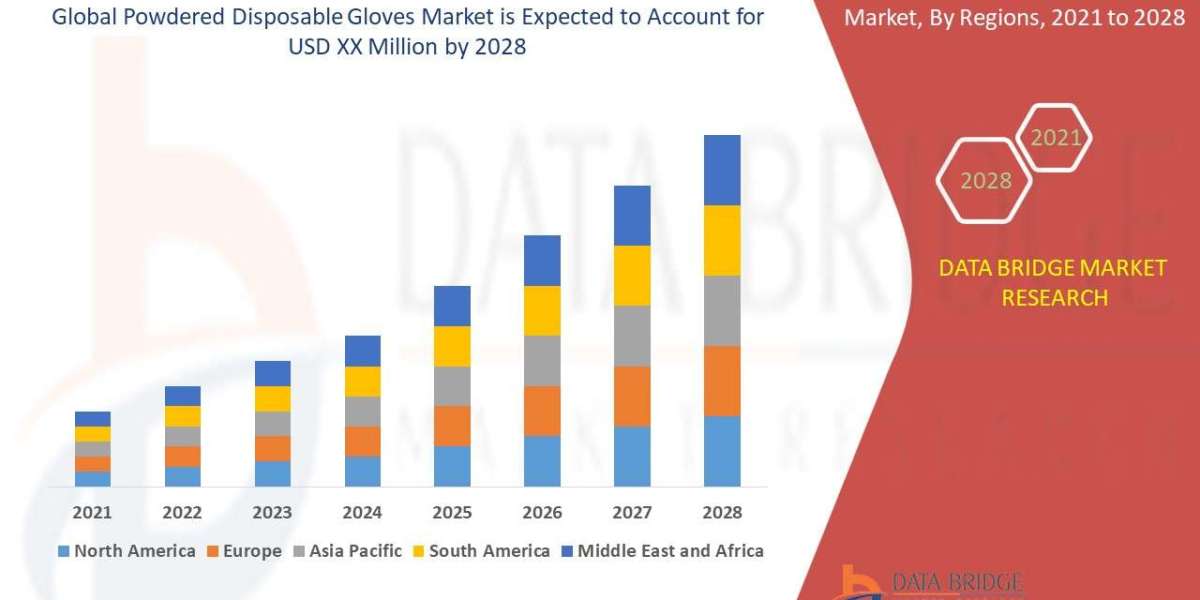The global ostomy/stoma care market is vital to the wellbeing of millions of patients who undergo ostomy surgeries due to conditions like colorectal cancer, inflammatory bowel disease, and bladder cancer. These procedures, which result in the creation of a stoma, require specialized care and equipment such as ostomy pouches, skin barriers, and other hygiene products. Despite its necessity, the ostomy/stoma care market faces several threats that could hinder growth and patient outcomes if not addressed strategically.
1. Rising Healthcare Costs and Reimbursement Challenges
One of the primary threats to the ostomy care market is the increasing cost of healthcare services globally. As governments and private insurers tighten their budgets, reimbursement for ostomy supplies is becoming more restricted. In some countries, patients must partially or fully fund their ostomy care, leading to reduced accessibility and adherence. This financial burden can discourage patients from purchasing high-quality or adequate quantities of necessary products, compromising health and quality of life.
2. Supply Chain Vulnerabilities
Global supply chains have experienced unprecedented disruption due to geopolitical tensions, natural disasters, and events like the COVID-19 pandemic. Ostomy product manufacturers rely on complex logistics networks for the sourcing of raw materials and product distribution. Shortages or delays in this supply chain can lead to critical product scarcities, driving up prices and reducing availability. These vulnerabilities are a significant threat to patients who depend on timely and consistent access to ostomy supplies.
3. Market Consolidation and Limited Competition
The ostomy care market is dominated by a few major players, such as Coloplast, Hollister, and ConvaTec. While these companies drive innovation, the high market concentration limits competition, potentially leading to stagnant pricing strategies, limited product diversity, and reduced incentive for addressing niche patient needs. Smaller players often face entry barriers due to regulatory costs and brand dominance, stifling innovation and reducing market dynamism.
4. Regulatory and Compliance Hurdles
Regulatory frameworks governing medical devices, including ostomy products, are rigorous and often vary by country. These regulations, while essential for ensuring product safety, can be a double-edged sword. Stringent compliance requirements increase time to market and the cost of development, particularly impacting smaller firms. Regulatory discrepancies across regions can also inhibit the global expansion of otherwise effective products, limiting availability and growth potential.
5. Technological Gaps and Adoption Resistance
Although there have been significant technological advances in ostomy care, including better skin adhesives and odor-control systems, not all patients benefit equally. In regions with lower healthcare investment or digital literacy, modern products remain underutilized. Additionally, some older patients or those with limited mobility may struggle to adopt newer, more complex systems. This technological gap poses a threat to the equitable distribution of high-quality care across demographic and geographic lines.
6. Environmental Sustainability Concerns
The production and disposal of ostomy care products contribute to environmental waste, as most pouches and barriers are single-use items made from plastic-based materials. With increasing scrutiny on sustainability, manufacturers are under pressure to innovate greener solutions. However, the development of eco-friendly alternatives without compromising on performance or safety is both costly and complex. A failure to adapt to environmental regulations or consumer expectations could damage brand reputation and market share.
7. Patient Awareness and Stigma
Social stigma associated with ostomy use continues to be a barrier to effective care. Many patients report psychological and emotional distress, which can affect their willingness to seek or adhere to proper treatment. Limited public awareness and support networks exacerbate this issue, ultimately affecting market growth. Companies and healthcare providers must work together to normalize ostomy use and provide holistic care that includes emotional and social support.
Conclusion
While the ostomy/stoma care market continues to grow due to increasing prevalence of chronic illnesses and aging populations, it faces several significant threats. From economic pressures and supply chain challenges to regulatory hurdles and social stigmas, the industry must innovate and adapt to safeguard the health and dignity of ostomy patients. Proactive risk management, collaboration across sectors, and patient-centered innovation are critical to ensuring that the market not only survives but thrives in the face of these threats.








